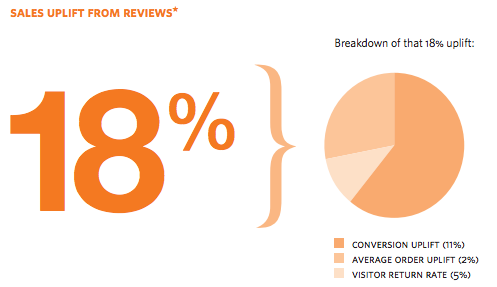Small Business Saturday has become a staple of the holiday shopping season since it kicked off on November 27, 2010. As you may know, each year the day is intentionally celebrated following Black Friday (heavily regarded as the busiest shopping day of the year) and was actually created by American Express. The credit card giant, which may bring Corporate America to mind, developed Small Business Saturday to encourage U.S. shoppers to support their local economy with purchases from small businesses. For small business, the initiative has had a pretty big impact.
Small Business Saturday: Fun Facts & Financials
In 2015, more than 95 million consumers shopped at small businesses on Small Business Saturday, according to the “Small Business Saturday Consumer Insights Survey,” released by the National Federation of Independent Business and American Express. This amount is an eight percent increase from 2014, noting the growing prominence of the event.
U.S. consumers making a conscious effort to celebrate Small Business Saturday last year generated $16.2 billion by shopping at independent retailers and restaurants. However, event organizers know that this type of enthusiasm needs to be carried out on more than just Small Business Saturday. In the words of Janey Whiteside, senior vice president and general manager of American Express OPEN:
“We encourage shoppers to support their local businesses not only on Small Business Saturday, but all year long”
After Small Business Saturday: Small Business Tips
According to the U.S. Small Business Administration, there are 28 million small businesses across the country. More importantly, they account for 54 percent of all U.S. sales and 55 percent of all jobs. Here are a few simple things that entrepreneurs can do to keep the spirit of Small Business Saturday on the minds of consumers all year ’round.
Focus On Localized Search
People use search engines and local directories to select their merchants, so it’s imperative that small businesses show up in those inquiries. Entrepreneurs can benefit from registering their company on Google+ to ensure that their business shows up in Google searches, as well as on Google Maps (check out the Google My Business Portal). They should also look into companies like Yext and Moz Local who provide vendors the ability to create a single business listing that is distributed throughout all the major local directories and relevant networks.
Tell the Brand’s Story
Consumers love a good narrative and genuinely enjoy hearing about the value that retailers are attempting to provide through their goods and services. Entrepreneurs should take the time to tell the (evolving) story of their company to their target audience and as we see with social media, the more personal the engagement, the more successful the brand. Utilizing a platform like a company blog can ensure that the story is in an easy-to-access location and can be easily updated going forward.

Distribute Press Releases
No matter how large or small, events and other company announcements should be made with press releases. There’s no guarantee that a news outlet will pick it up, but it still keeps customers in the loop as to how the business is working to stay relevant with its solutions. Take some time to look into websites like PRLog that provide free distribution services.
Contributing to the Local Economy
Consumers can do their fair share to bolster local startups as well. Here are some tips for shoppers who want to support the local business ecosystem.
Refer A Friend
Word of mouth is an effective way to help out a local business. If a startup has helped you with its goods and services, refer it to a friend or family member. If you can go the extra step, follow these companies on social media and share their posts with your own followers.
Leave Online Reviews
Don’t just take time to complain about the bad stuff; whether it’s Yelp, Google, or any other vendor directory platform, an online review will help small businesses attract new customers and strengthen their online presence.

Go Beyond Google’s Page 1
You know, below the fold of the first page is a bunch of other results and then beyond the first page are actually a bunch more sites and businesses that can provide just the goods and services you need. Don’t be a search snob (stats have shown that people view less than 2% of searches below the top five results on the first page) and try to do a bit of digging when searching for the next place you’ll spend your money.
If every U.S. family spent an extra $10 per month on a locally owned business instead of a chain, more than $9.3 billion would be directly returned into the economy. In short, there is never a bad time to support small businesses.

